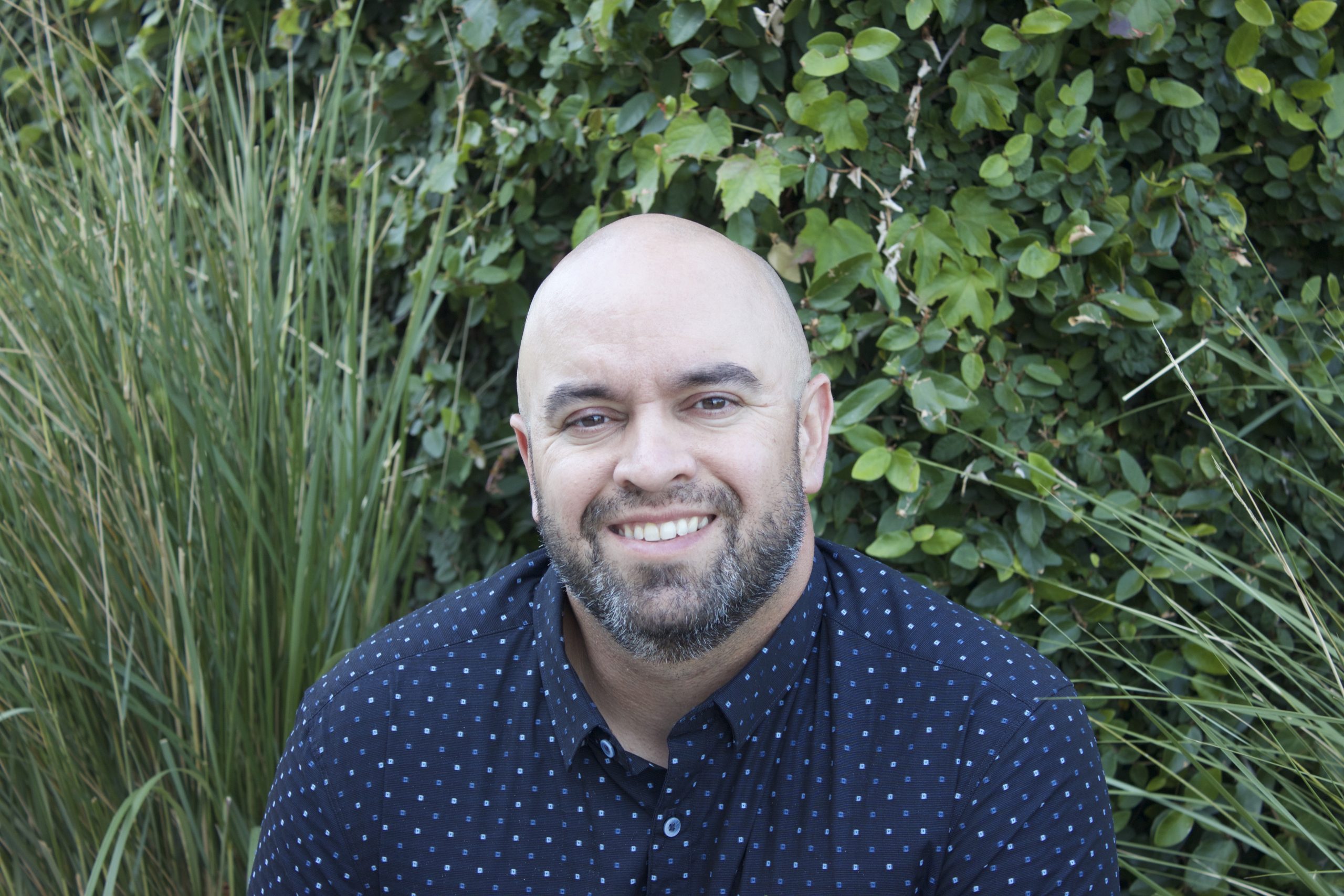SoapBoxSample Announces the Launch of a New Cannabis Consumer Research Service
As competition heats up in the cannabis market, what factors will determine whether brands can survive “the green rush”? One clear takeaway emerged from thought leaders at the US Cannabis Conference (USCC) in Phoenix last week – know your customers; they may not be who you think they are.
Business owners, investors and experts gathered at the USCC for an event focused on the new era of cannabis. SoapBoxSample led a session in partnership with Jupiter Research and ProGrowTech titled, “Will You Survive the Green Rush?” The session focused on how consumer research can help companies get the right message to the right audience at the right time. At the start of the session, Jacqueline Rosales, SoapBoxSample COO, took questions from the audience that were sent out to respondents in real time, providing attendees with immediate feedback from real consumers.
SoapBoxSample presented data collected from cannabis consumers – much of what they uncovered contrasted with current assumptions. One example was the startling statistic that while 1/3 of cannabis consumers are purchasing in dispensaries, only 12% trust dispensary employees as a source of information about new products. Companies that distribute their products in dispensaries left the event with a clear directive that opportunities to educate consumers are being left on the table.
To demonstrate their commitment to cannabis research and their passion for the cannabis industry, SoapBoxSample announced the launch of their new product — a bi-weekly survey of cannabis consumers built around the research needs of growing cannabis businesses. Clients will be able to tap into a custom-built resource, ask questions, and access insights – all at a low cost.
Kaila Strong, Dir. of Marketing for Jupiter Research, a vaporizer technology company, urged business leaders to take a more conscious approach in their marketing. “This type of research is useful for product testing, product development, allocation of budget and also our own internal understanding,” said Kaila. “The golden rule of marketing is that you don’t assume that you are your consumer.”
Andrew Myers, CEO of ProGrowTech, a company that builds high-end lighting solutions for large-scale grow operations emphasized the importance of research for his company as they move into direct-to-consumer sales and unveil new products for 2019.
Brands that are able to gather feedback from their customers in order to improve their products and marketing are the ones that will survive and emerge as leaders in the industry. “People are invested in this space because they believe in it, and they’re passionate about it,” said Jacqueline Rosales.
Read Another Cannabis News Release – Age, Gender Play a Role in Cannabis Consumer Habits


